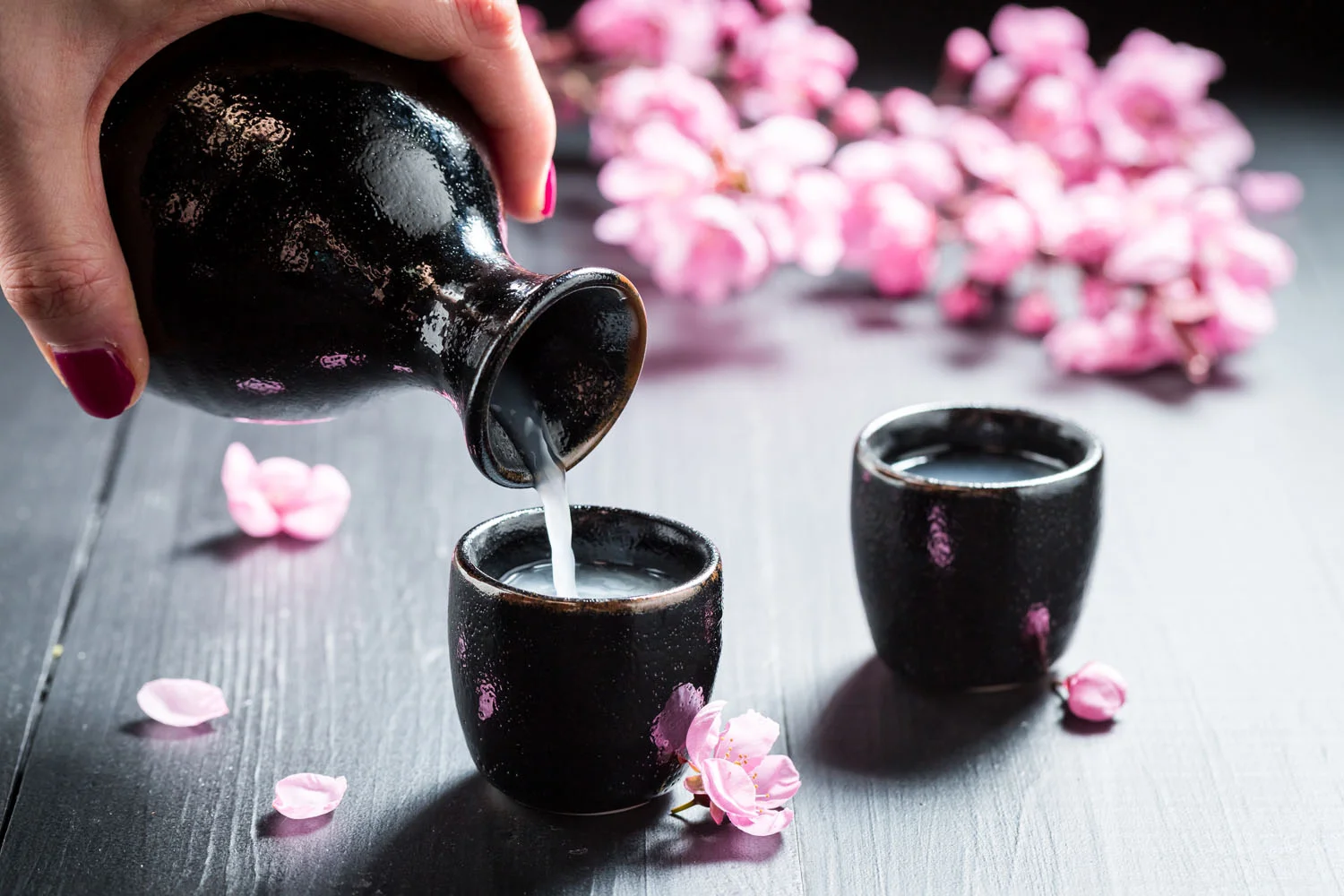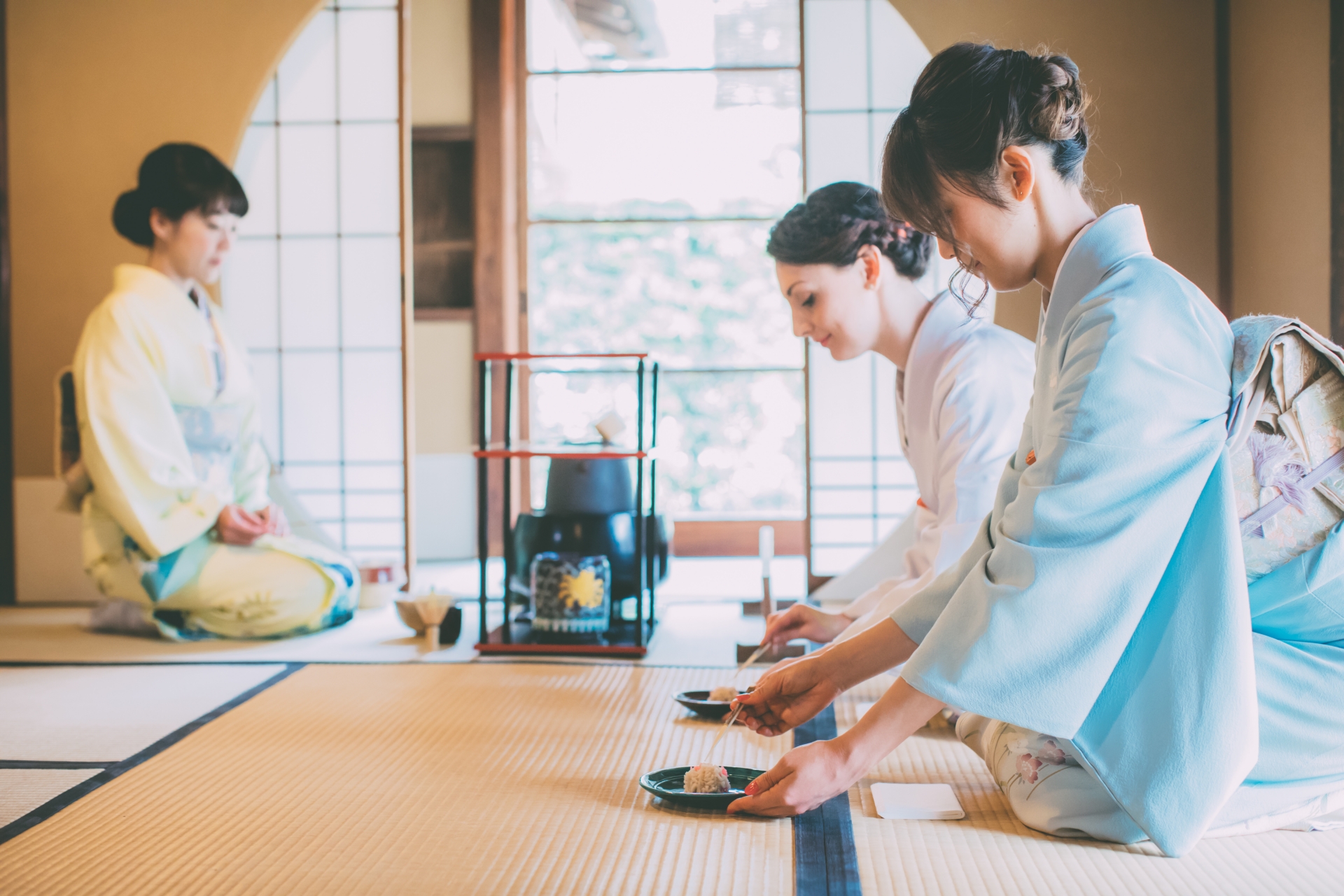vacationhavenhome.com – Sake, a traditional Japanese alcoholic beverage, is often considered one of the country’s most iconic drinks, celebrated for its cultural significance, complex brewing process, and its ability to pair harmoniously with Japanese cuisine. While many outside Japan may be familiar with sake simply as “rice wine,” its production and enjoyment are far more intricate. This article explores the history, brewing methods, varieties, and cultural importance of sake, offering an insightful look at this cherished drink.
What is Sake?
Sake is a fermented beverage made primarily from rice, water, yeast, and koji mold, which is used to convert the starches in rice into fermentable sugars. Unlike wine, which is made by fermenting fruit, sake’s fermentation process is more similar to beer, as it involves converting starch into sugar before fermentation. This gives sake its unique characteristics.
Sake can vary in taste, texture, and aroma, depending on factors such as the quality of rice, water, the type of yeast used, and the method of brewing. Its alcohol content typically ranges between 14-20%, making it stronger than wine but lighter than spirits like whiskey or vodka.
A Brief History of Sake
Sake has a long and rich history in Japan, dating back over 1,000 years. The origins of sake are somewhat uncertain, but it is believed to have evolved from early rice-based fermented beverages, which were often used in religious ceremonies and festivals. Ancient Japanese sake was brewed by mashing rice and fermenting it with the help of natural fermentation agents.
Sake brewing became more refined during the Heian period (794-1185), with the development of a more sophisticated brewing technique. By the Edo period (1603-1868), sake had become a popular drink enjoyed by all social classes. As the brewing process became more standardized, sake transitioned from being a ritual offering to a widely consumed beverage.
The Brewing Process
Sake brewing is a meticulous process that combines art and science. The basic steps are as follows:
- Rice Polishing: The outer layers of the rice grains are polished to remove the bran, leaving the starchy core. The more the rice is polished, the purer and more refined the sake will be. Premium sakes often use rice that has been polished to 50% or less of its original size.
- Washing and Soaking: The polished rice is then washed and soaked to ensure the right moisture content for the next stage.
- Steaming: The rice is steamed to a precise level, making it suitable for fermentation.
- Koji Cultivation: Koji mold (Aspergillus oryzae) is added to the steamed rice to help break down the starches into sugars that can be fermented.
- Fermentation: The rice, koji, yeast, and water are combined in a fermentation vessel, where the fermentation process begins. The fermentation takes several weeks and can be carefully controlled for flavor development.
- Pressing and Filtration: After fermentation, the mixture is pressed to separate the liquid from the solid rice residue. The sake is then filtered to achieve its desired clarity and taste.
- Pasteurization and Aging: Most sake is pasteurized to kill any remaining yeast and bacteria. Some types of sake are aged for a period to develop more complex flavors.
Types of Sake
There are several types of sake, each with unique characteristics and brewing methods. Some of the most common categories include:
- Junmai: Made with only rice, water, yeast, and koji, without added alcohol. Junmai sake has a full-bodied flavor and is considered the most traditional type.
- Ginjo: A premium sake made with rice polished to at least 60% of its original size. It has a lighter, more fragrant taste compared to Junmai.
- Daiginjo: An even more premium sake, with rice polished to at least 50%. Daiginjo sakes are delicate, aromatic, and complex in flavor.
- Honjozo: Sake that has a small amount of distilled alcohol added to enhance flavor and aroma. It is usually lighter and smoother than Junmai sake.
- Nigori: A cloudy sake that is unfiltered, with some rice particles remaining in the liquid. Nigori has a sweeter, creamier taste.
- Koshu: Aged sake, typically with a deeper, richer flavor profile. Koshu is made by fermenting sake over time, often for several years.
How to Enjoy Sake
Sake can be enjoyed in a variety of ways, depending on the type and occasion.
- Chilled: High-quality sake, such as Ginjo or Daiginjo, is best enjoyed chilled to enhance its delicate flavors and aromas. It is typically served in small, elegant glasses or porcelain cups.
- Warm: Some types of sake, particularly Junmai or Honjozo, are best served warm. Warming sake helps to bring out its rich, umami flavors and is especially popular during colder months.
- Sake Pairing: Sake is incredibly versatile when it comes to food pairing. It can complement a wide range of dishes, from sushi and sashimi to grilled meats and even chocolate. The light and crisp characteristics of Ginjo sake pair well with delicate seafood, while the fuller-bodied Junmai sake can be paired with heartier fare such as grilled meats or tempura.
The Cultural Importance of Sake
In Japan, sake plays a central role in various cultural rituals and celebrations. It is traditionally used in Shinto ceremonies, wedding toasts, and New Year’s celebrations, symbolizing purity, joy, and good fortune.
Sake also has a deep connection to social life in Japan. Drinking sake is often part of social bonding rituals, especially at izakayas (Japanese pubs) or during festive gatherings. The act of pouring sake for others, rather than oneself, is seen as a gesture of respect and hospitality.
Sake breweries, known as sakagura, are often family-owned and passed down through generations. These breweries are deeply ingrained in local traditions, and many produce sake in small batches, ensuring quality and craftsmanship.
Conclusion
Sake is much more than just a drink—it is an embodiment of Japanese tradition, craftsmanship, and culture. Its intricate brewing process, diverse varieties, and ability to pair with various cuisines make it a truly unique beverage. Whether served during a ceremony or enjoyed casually with friends, sake continues to be a cherished part of Japanese life, offering a window into the country’s history and values. As global interest in sake grows, its reputation as one of the world’s most sophisticated and enjoyable drinks continues to spread.





